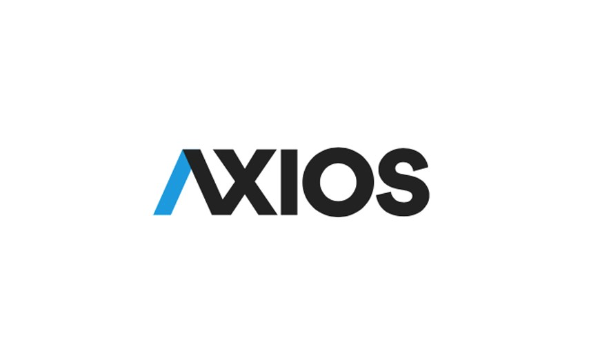
Earlier this month, shares of financial technology company Robinhood Markets (HOOD) crossed the triple-digit mark for the first time, hitting a fresh all-time high and turning heads across Wall Street. The rally stemmed from a calculated leap into the world of tokenized assets.
Robinhood introduced tokenized stocks for its European clientele, giving them access to more than 200 U.S. securities, including exchange-traded funds (ETFs) and even private firms like SpaceX. The move signaled a larger shift in Robinhood’s strategy to tap into a high-potential, rapidly growing financial frontier.
The company’s shift toward next-gen digital products has created fresh momentum, supported by a wave of price target upgrades. Notably, Bank of America analyst Craig Siegenthaler raised his forecast for trading activity related to equity and options across Robinhood’s platform.
The upgrade followed a sharp rise in dip-buying by retail investors during the second quarter. In this environment, Robinhood has begun to look less like a disruptor and more like a serious contender.
About Robinhood Stock
Robinhood stands as one of the most closely watched names in the fintech space. With a market capitalization of $87 billion, it has built a product suite that stretches well beyond commission-free trading. Its offerings now span across Robinhood Crypto, Custody, Wallet, Gold, and the newly launched Gold Card, creating a comprehensive ecosystem for modern investors.
Over the past 52-weeks, HOOD has delivered a jaw-dropping 346% return, a performance that has turned it into one of the standout movers in the broader market. In just the last three months alone, the stock has surged 125%, handily outperforming the S&P 500 Index’s ($SPX) 17% gain during the same period.
HOOD stock currently trades at a forward adjusted earnings multiple of 79 times and a sales multiple of 29 times. These figures sit well above industry averages and reflect the market’s strong belief in Robinhood’s pricing power and growth trajectory.
Robinhood Surpasses Q1 Earnings
Robinhood revealed its Q1 2025 earnings on April 30, delivering results that topped Wall Street’s expectations. The company’s robust performance stemmed from rapid product rollouts and increased engagement from its active trader base.
Total net revenue jumped 50% year-over-year (YOY) to $927 million, surpassing analyst estimates of $915.7 million. Breaking it down, transaction-based revenues climbed 77% to $583 million. This was fueled by stronger revenues from options, equities, and cryptocurrencies.
Net interest revenue climbed 14% to $290 million. Meanwhile, other revenues surged 54% to $54 million, primarily due to a 90% growth in Robinhood Gold subscriptions, which reached 3.2 million during the quarter. Average revenue per user rose 39% to $145, showcasing growing monetization across the platform.
Adjusted EBITDA rose 90% to $470 million, reflecting improved operational leverage. Net income also saw a healthy increase of 114% YOY to $336 million. Meanwhile, EPS grew 106% from the prior-year period to $0.37, beating analyst forecasts of $0.33.
The strong results were supported by new features aimed at active traders and the rapid growth in Gold subscriptions, which boosted transaction revenues and wallet share. Looking ahead, Robinhood plans to expand its financial ecosystem with upcoming launches in banking, advisory services, and international markets.
Analysts forecast Q2 2025 EPS growth of 38%, reaching $0.29. For the full fiscal year 2025, EPS is expected to grow 14% to $1.25. Projections for fiscal 2026 show continued momentum with the bottom line climbing 22% to $1.53.
What Do Analysts Expect for Robinhood Stock?
Analysts have responded to HOOD stock's momentum with a slate of optimistic price targets. Citigroup analyst Christopher Allen has placed the stock at $100, while Barclays analyst Benjamin Budish has a $102 target. Will Nance of Goldman Sachs takes it further at $104, and KeyBanc’s Alex Markgraff leads the upper tier with a target of $110.
Currently, the stock carries a “Moderate Buy” rating. Of the 21 analysts covering HOOD, 12 have a “Strong Buy” rating, two recommend a “Moderate Buy,” six suggest to “Hold," and one analyst remains bearish with a “Strong Sell” rating.
The stock is already trading above its average price target. However, the Street-high target comes from Bank of America’s Craig Siegenthaler, who forecasts the stock climbing 14% from current levels to $112.
With growth expectations anchored in both product innovation and rising user monetization, analysts appear confident that HOOD stock's momentum is far from exhausted.







